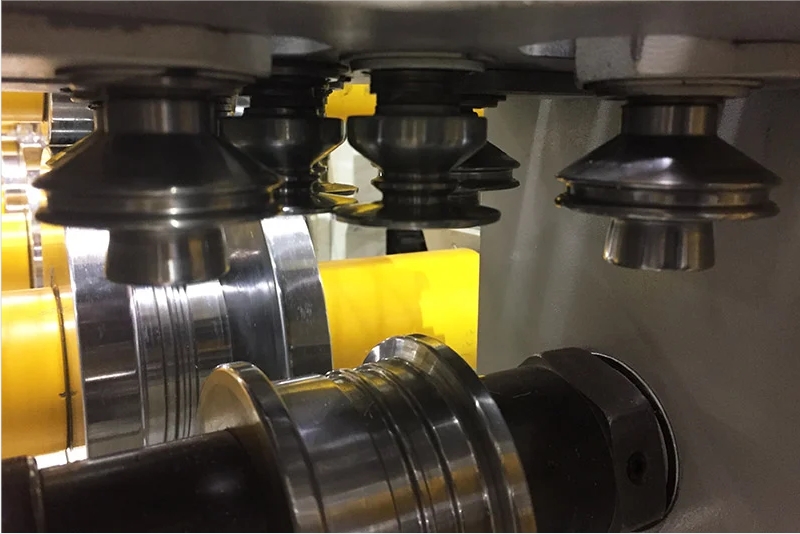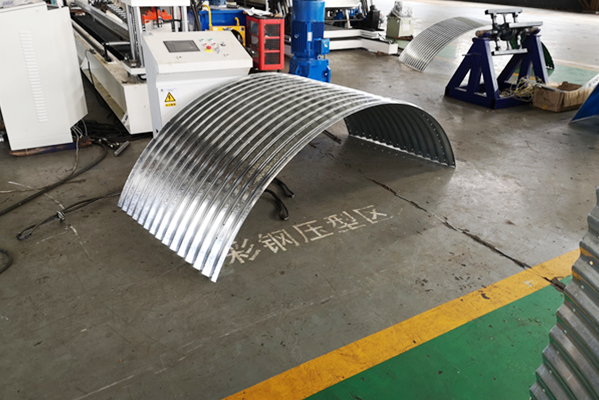Navigation Menu
Contact Us
- Email:
- info@wxavatar.com
- Address:
- Yurong Village, Yuqi Street, Huishan District, Wuxi, China.
Release Date:Jul 17, 2025 Visit:34 Source:Roll Forming Machine Factory
In today's manufacturing landscape, roll forming machines have become an increasingly popular choice for producing custom metal profiles. This technology offers distinct advantages that align with modern production requirements across various industries. Let's examine the key reasons behind this growing preference.

Cost Efficiency in Production
Roll forming provides economic benefits that make it attractive for custom profile manufacturing. The process minimizes material waste compared to alternative methods, as it forms profiles from continuous coils of metal. This efficient use of raw materials contributes to lower production costs per unit, especially for medium to large production runs. The ability to use less expensive base materials while achieving required strength characteristics further enhances cost savings.
Precision and Consistency
Modern roll forming equipment delivers high levels of dimensional accuracy, ensuring that each produced profile meets exact specifications. The controlled nature of the process results in consistent product quality throughout production runs. This repeatability reduces the need for secondary adjustments or corrections, saving both time and resources in manufacturing operations.
Design Flexibility
Manufacturers appreciate the design versatility offered by roll forming technology. The process accommodates a wide range of profile shapes and sizes, from simple channels to complex geometries with multiple bends and curves. This flexibility allows for customization to meet specific application requirements without the need for expensive tooling changes associated with other forming methods.
Production Speed Advantages
Roll forming lines can operate at impressive speeds while maintaining quality standards. The continuous nature of the process enables efficient production of long lengths without interruption. This speed advantage becomes particularly valuable when meeting tight production schedules or handling large-volume orders.
Material Compatibility
These machines work effectively with various metals, including different grades of steel, aluminum, and other alloys. This material versatility allows manufacturers to select the most appropriate metal for each application while using the same production equipment. The process preserves material properties better than some alternative forming methods that involve excessive heat or aggressive mechanical working.
Reduced Secondary Operations
Roll formed profiles often require fewer additional processing steps compared to profiles made through other methods. Many roll forming systems can incorporate punching, notching, and cutting operations inline, eliminating separate processing stages. This integration streamlines production workflows and reduces handling between operations.
Long-Term Tooling Value
While initial tooling for roll forming requires investment, these tools typically have long service lives and can be used for extended production runs. The durability of roll forming tooling contributes to lower per-unit costs over time, especially when producing standard profiles across multiple projects.
Adaptability to Market Needs
The technology allows manufacturers to respond quickly to changing market demands. Adjustments to profile designs can often be implemented without complete retooling, enabling faster transitions between product variations. This adaptability helps manufacturers stay competitive in dynamic market conditions.

As manufacturing requirements continue to evolve, roll forming technology maintains relevance through its combination of efficiency, precision, and flexibility. These characteristics explain why an increasing number of manufacturers are incorporating roll forming machines into their production capabilities for custom metal profiles. The technology's ability to balance quality with economic production makes it a practical choice for various industrial applications.